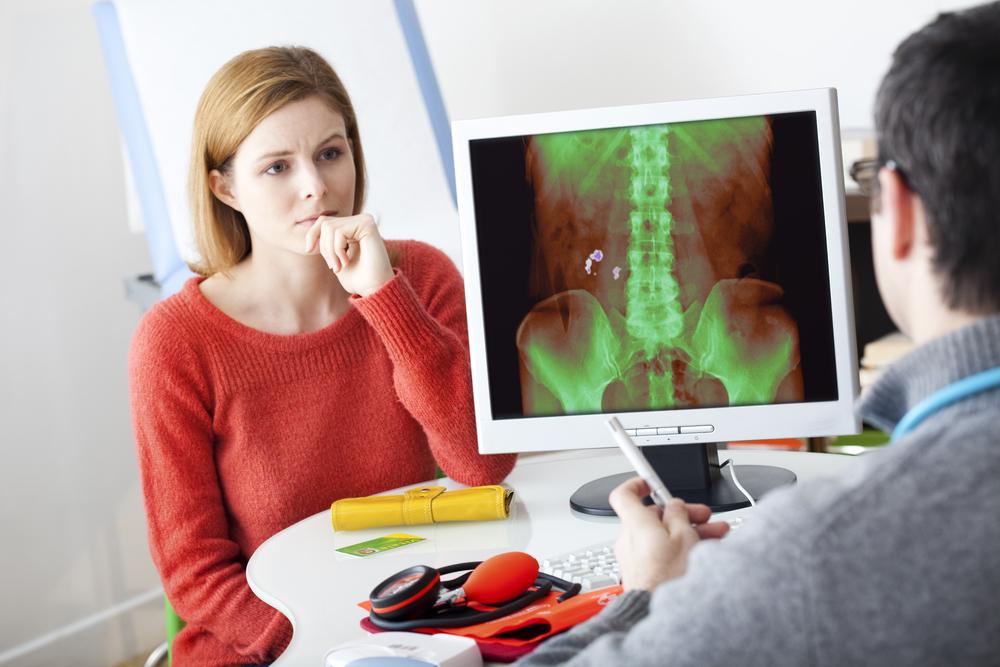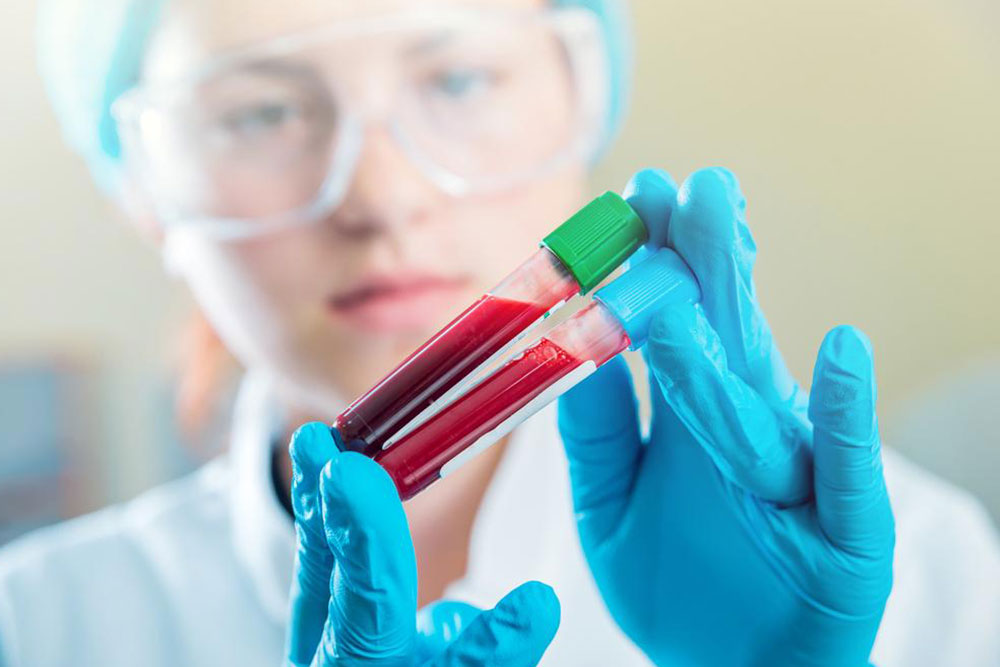Recognizing and Managing Kidney Cysts: Essential Insights
This article explores the signs, symptoms, and available treatments for kidney cysts, emphasizing the importance of proper diagnosis and management. It highlights differences between simple cysts and polycystic kidney disease and discusses minimally invasive procedures like sclerotherapy and surgery. Regular monitoring and timely intervention can prevent complications and preserve kidney health, underscoring the need for medical consultation for kidney-related issues.

Recognizing and Managing Kidney Cysts: Essential Insights
Kidney cysts are fluid-filled sacs that develop within the kidneys. An individual may have one or multiple cysts in one or both kidneys. These cysts generally appear as simple cysts or as part of polycystic kidney disease. Simple cysts are typically benign and do not impair kidney function, often remaining symptom-free and discovered accidentally during imaging tests for other health issues. Conversely, polycystic kidney disease is a hereditary condition that can cause extensive kidney damage as cysts multiply and grow.
Proper diagnosis and treatment of kidney cysts are crucial.
Signs of kidney cysts
For simple cysts, symptoms usually do not manifest unless the cyst enlarges or becomes infected, leading to:
Frequent urination
Blood in urine
Dark urine
Upper abdominal inflammation or discomfort
Back pain or pain between the ribs and pelvis
Fever
Polycystic kidney disease can present additional symptoms such as:
Urinary tract infections
Kidney stones
Severe back pain
Pale skin and easy bruising
Fatigue
Joint discomfort
High blood pressure
Nail abnormalities
Treatment options for kidney cysts
A urologist evaluates the condition through blood and urine tests to assess kidney function.
Additional diagnostic tools like ultrasound, MRI, or CT scans help monitor the cysts’ growth. Small cysts often require no immediate treatment but should be monitored annually. Larger cysts may need interventions such as:
Sclerotherapy: This procedure involves draining the cyst's fluid using a local anesthetic and ultrasound guidance. Sometimes, a chemical solution like alcohol is introduced to prevent recurrence.
Surgical removal: Large cysts may necessitate surgery, performed with minimally invasive techniques, where the cyst is drained and its walls are removed or destroyed.
Note:
The information provided here is for educational purposes and should not replace medical advice. While our content is based on research, always consult a healthcare professional for diagnosis and treatment options. We do not assume responsibility for inaccuracies or related health decisions. Keep in mind that some treatments or offers may vary based on individual circumstances.










